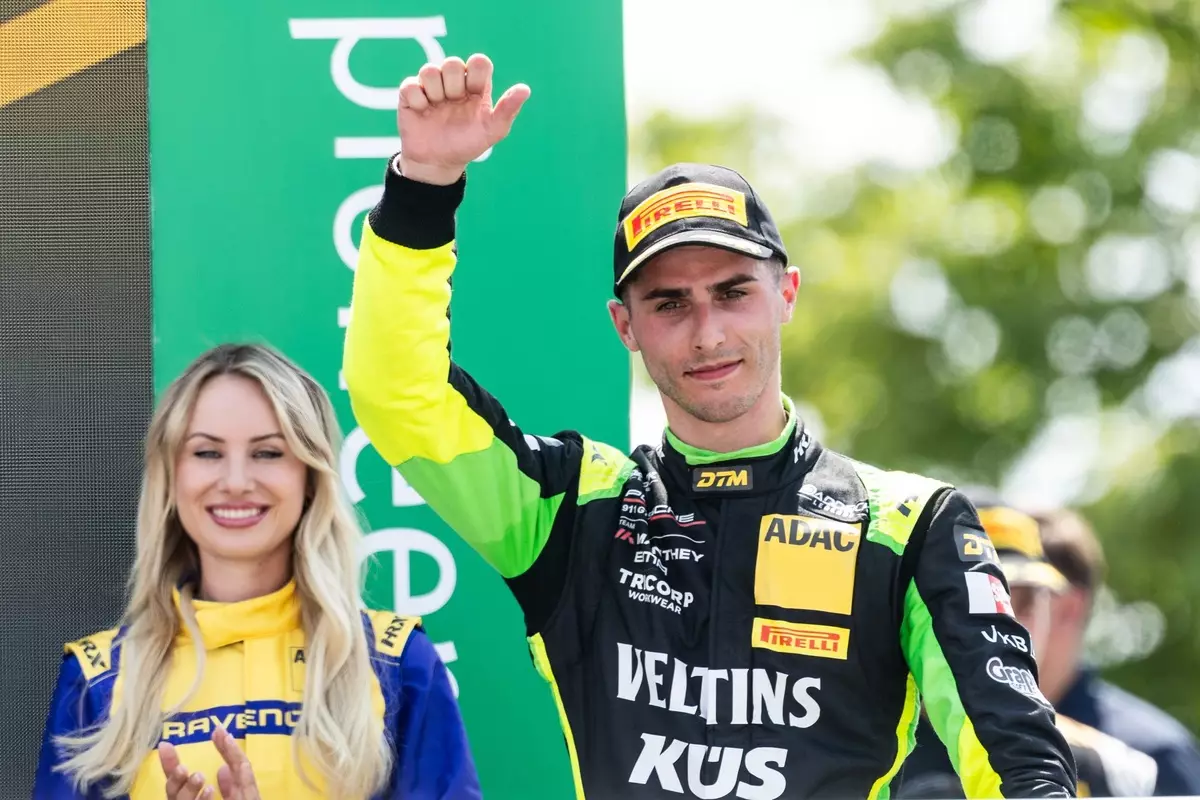In the high-octane world of motorsport, victory is often attributed to raw speed, but beneath the surface lies a less visible, yet equally potent weapon: strategy. The recent DTM race at Norisring exemplifies how masterful tactical planning can overshadow outright pace. Thomas Preining’s triumph was not merely the result of swift driving; it was the culmination of a calculated approach that leveraged every pit stop, timing, and decision to craft an unassailable lead. This race reiterates a truth that resonates beyond racing—success hinges on strategic finesse as much as technical prowess. Elite drivers and teams understand that in the chaos of competition, control over key moments — especially pit stops and reaction times — often dictates the final outcome.
Decisive Incidents and the Power of Resilience
No race unfolds without its share of chaos, and Norisring was no exception. The opening turn gave spectators a daunting glimpse into the unpredictable nature of racing, with multiple retirements including high-profile contenders like Wittmann’s BMW and Gounon’s Mercedes. Such incidents not only cleared the path for the survivors but also tested the resilience and adaptability of the remaining drivers. Preining’s ability to swiftly capitalize on the chaos underscores a vital lesson: resilience is the backbone of consistent performance. When the track erupts in turmoil, those with the mental fortitude to stay focused and adjust plans on the fly find opportunities where others see setbacks.
The Battle of Wits Behind the Wheel and on the Pit Wall
The race’s dramatic moments extended beyond mere incidents; strategic pit stops played a pivotal role. Vermeulen’s lead after the initial restart was challenged effectively by Aitken and Preining through overcut tactics, showcasing the importance of timing in pit lane decisions. Preining’s quick thinking and a well-executed pit stop allowed him to leap from third to the front, demonstrating that race leadership is often secured in the pits rather than on the track. In contemporary motorsport, the pit wall acts as an extension of the driver’s instinct—an arena where blinks of hesitation can cost seconds that translate into defeat. The intricacy of these decisions makes modern races not just tests of speed but chess matches played in fractions of a second.
The Human Element: Mental Fortitude in the Face of Uncertainty
Behind every furious lap and daring overtake is a driver’s mental resilience. Preining, for instance, navigated multiple challenges—initially starting sixth, fighting off relentless competitors, and responding swiftly to incidents—all while maintaining composure. His comments on the race highlight that victory demanded not only technical skill but also the mental strength to stay calm under pressure. Race incidents like the collision between Feller and Engstler further illustrate the unforgiving nature of motorsport where a tiny lapse in judgment can escalate into disaster. The best drivers are those who can operate with a cool head amidst the adrenaline and chaos, turning pressure into an opportunity.
The Future of Strategy-Driven Racing
As Formula 1, DTM, and other racing disciplines evolve, strategic elements will become even more critical. Technological advancements now enable teams to analyze data in real-time, coordinate pit timing with poetic precision, and execute multi-layered plans that adapt dynamically. Preining’s victory signals a shift where racecraft transcends mere acceleration—it’s about outsmarting opponents at every junction. Races won through such meticulous planning elevate the sport, making it more than a showcase of speed but of intellect and fluid adaptability. The future belongs to those who can master this delicate dance of timing, tactics, and mental agility, redefining what it means to race at the highest level.
—
This analysis reveals that in modern motorsport, the margin between victory and defeat often hinges on strategy and mental resilience, rather than pure speed alone. The best drivers are those who blend technical skill with tactical intelligence—an insight applicable well beyond the racetrack.

